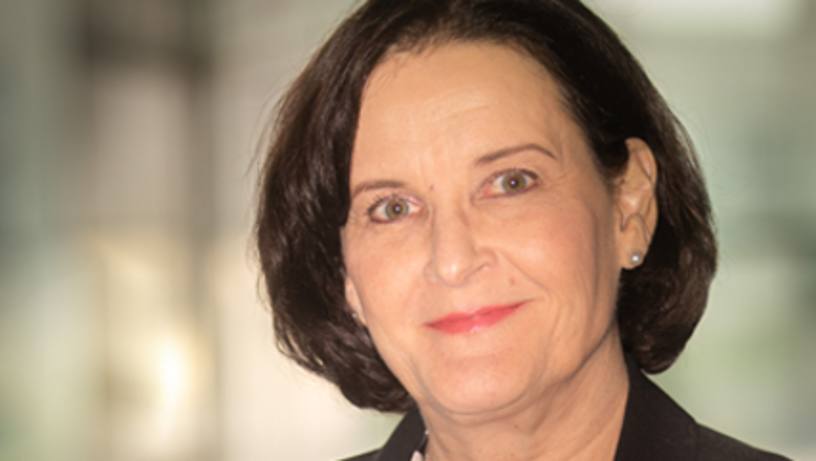In September Sanoma Corporation, the Finnish learning and media company, became the first corporate to issue and list a social bond on the Nasdaq Sustainable Debt Market at Nasdaq Helsinki.
Sanoma’s head of investor relations and sustainability, Kaisa Uurasmaa, says that the level of attention for the issuance had been “a positive surprise”.
Axel Anderstedt-Holm, head of European debt listings and sustainable bonds at Nasdaq, explains that social bonds have mainly been issued by governmental agencies, and says he hopes to see more social corporate bonds being made available to Nordic investors.
Sanoma had previously issued a €200mn senior bond that matured in March and group treasurer Sirpa Louhevirta says the funding strategy was to issue another bond. The three-year social bond raised €150mn through Nordea Bank and Swedbank as joint lead managers.
Louhevirta says the plan was to include environmental, social and governance elements in a bond for the first time and the company had background discussions with different banks for about one and a half years.
“Swedbank introduced us to the concept of a social bond as we were more familiar with green and sustainability-linked bonds,” she says. Because this was the first corporate issuance of this type in Finland, inevitably “it was a learning curve”, she adds.
Sanoma’s Uurasmaa says that once the banks were chosen it took less than two months to create the social bond framework in accordance with the International Capital Markets Association Social Bond Principles, with advice from Swedbank. The framework covers the development and maintenance of inclusive learning solutions, digital learning and teaching platforms, and acquisitions.
ISS-Corporate provided a second-party opinion and said the framework will contribute towards the UN Sustainable Development Goals, especially Goal 4, which focuses on quality education.
“Issuing a social bond that captures the capex and operating expenditure for our whole learning business, not just certain projects, was a unique opportunity,” says Uurasmaa. “The social bond framework also gives investors tools to assess our impact and we hope that makes it a bit more tangible.”
One of the key elements for reporting on impact is an annual European teacher survey that Sanoma has conducted for some time. This means the company has already included some key performance indicators for the social bond in its annual report.
Sanoma has long-term relationships with Swedbank and Nordea as lenders, and Nordea has arranged several bonds in the past, so it was an easy decision to mandate them for the social bond, according to Louhevirta. During the subscription the order book rose to €240mn. The company had guided that the amount of €150mn would not be increased which enabled pricing to reduce from mid-swaps plus 175 basis points to 160 basis points and reach a yield of 4.05 per cent.
“I think this is a good level for our kind of a company in that market situation,” says Louhevirta.
As Sanoma is unrated, the deal was aimed mainly at Finnish institutions which made up about 90 per cent of the order book. The share of international investors was smaller than in Sanoma’s previous bonds, as most prefer issues that are at least €250mn or €300mn, according to Louhevirta. The social bond attracted new investors who were specifically interested in the social aspect of the issue.
“We have received more interest since the bond was issued, so we believe that the social bond framework will benefit us also in the future,” says Louhevirta.
The group’s 2030 growth ambition is to earn revenues of €2bn, with at least 75 per cent from the learning business. This requires revenues from the learning business to grow from the current €700mn-€800mn level to €1.5bn.
“Our long-term organic growth target of 2 per cent to 5 per cent over the cycle should bring roughly half of the required growth,” says Uurasmaa. “The rest comes from acquisitions in our current operating markets or in geographies where the educational system and spending are similar to our current operating footprint in K12 learning.”
Sanoma currently operates in 12 European countries supplying learning content related to the target population of all K12 (primary, secondary and vocational education) students.
Uurasmaa acknowledges it might take some time for interesting M&A targets to come to market, as the few players in K12 learning in each country are privately held. If there are no acquisition targets that meet Sanoma’s criteria, then the company will leave M&A for a few years as it believes that the education market is consolidating due to digitalisation.
She says: “If there is a sizeable target, we are confident that we can make our funding work and we want to be part of the talks.”
